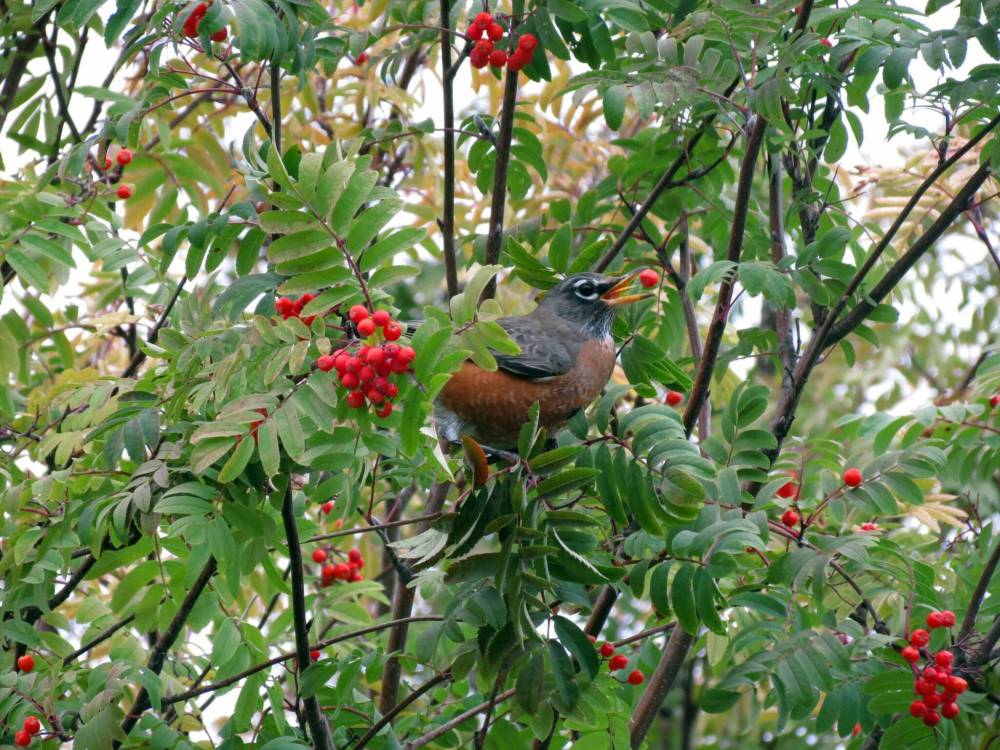Make your yard a pit stop for birds
Advertisement
Every year, millions of individual birds migrate through Manitoba. These birds rely on pit stops – safe places where they can rest and feed before the next leg of their long journeys. Large pit stops, such as Fort Whyte Alive and Oak Hammock Marsh are well known. They provide excellent migration-viewing opportunities and contribute to the conservation of many bird species. Smaller pit stops are also valuable to the survival of migrant and resident birds. Here are two easy ways to turn your yard into a pit stop for birds in the fall and winter.
• Create a migration fuelling station – During the fall migration, I put out high-quality birdseed for the northern sparrows. I buy a “wild finch mix” that contains mostly red millet, white millet, canary seed, and thistle (niger). I sprinkle seed on the deck and add it to several “roofless” ground feeders. This attracts juncos, white-throated and white-crowned sparrows, Harris’s sparrows, and fox sparrows – all of which prefer to feed on open ground. Harris’s sparrow is listed as vulnerable in Manitoba and of special concern in Canada. Its population has declined almost two per cent per year since 1970. Although birdseed is not cheap, it is worth the price if my migration pitstop contributes to the survival of this and other declining species.
• Plant a mountain ash – A cheaper way to fuel birds year-round is to plant trees, shrubs, or perennial plants which produce fruit, berries, seeds, sap, or nectar. One of the best trees to plant is a mountain ash – also known as rowan or goddess tree in Celtic and Norse mythology. It is not a true ash. It is a member of the rose family.

Supplied photo
Birds that eat fermenting mountain ash berries in spring may get a little tipsy.
Best described as tall shrubs or bushy trees, mountain ashes work well in small yards. Showy and American mountain ash are native to eastern Canada but are rare in Manitoba. European mountain ash has been widely planted and is now naturalized across Canada. Mountain ashes are both photogenic and attractive to birds in all seasons.
Fragrant bunches of spring flowers produce large clusters of bright orange-red berries that fuel the migration of robins, cedar waxwings, and other birds. Berries that escape the fall migrants stay on the branches until spring – unless they are eaten by large flocks of Bohemian waxwings during the winter. Birds eating the fermenting berries in spring may get a little tipsy.
Planting a $100 mountain ash today will produce free food for many decades.

Michele Kading
St. Vital community correspondent
Michele Kading is a community correspondent for St. Vital.
Our newsroom depends on a growing audience of readers to power our journalism. If you are not a paid reader, please consider becoming a subscriber.
Our newsroom depends on its audience of readers to power our journalism. Thank you for your support.



